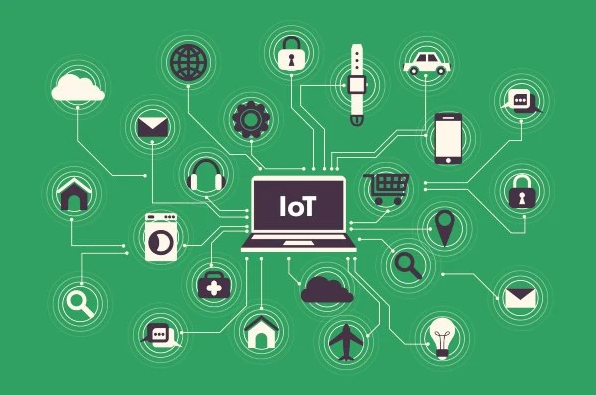Exploring IoT Platforms: The Backbone of the Internet of Things

In the previous posts, we have journeyed through the world of the Internet of Things (IoT), understanding the role of IoT devices and how they connect and communicate through various networking and connectivity options. Today, let's delve into another crucial element of any IoT system – the IoT platform.
What is an IoT Platform?
An IoT platform is a multi-layer technology that enables straightforward provisioning, management, and automation of connected devices within the Internet of Things universe. It essentially serves as the backbone of your IoT system, connecting your hardware, however diverse, to the cloud by providing robust and scalable infrastructure.
Key Functions of an IoT Platform
An IoT platform performs several key functions:
- Device Management: This includes the provisioning and authentication of devices, remote configuration, firmware updates, and troubleshooting.
- Data Processing and Analysis: IoT platforms are capable of processing and analyzing vast amounts of data generated by IoT devices in real time, providing valuable insights and facilitating decision-making.
- Integration: IoT platforms can integrate with other systems and services, such as CRM systems, databases, or analytics tools, enabling a seamless flow of data across your digital ecosystem.
- Security: They provide security at every level, from the device to the cloud, ensuring data privacy and compliance with regulations.
Choosing the Right IoT Platform
Choosing the right IoT platform depends on your specific needs and the nature of your IoT project. Key factors to consider include:
- Scalability: Can the platform support the addition of more devices and handle increasing volumes of data as your IoT project grows?
- Compatibility: Is the platform compatible with your existing systems and devices?
- Security: Does the platform provide robust security measures, including encryption, access control, and compliance with regulations?
- Cost: What is the pricing structure? Is it feasible for your budget, both now and as you scale?
In conclusion, an IoT platform plays a critical role in any IoT system, bridging the gap between device sensors and data networks, and bringing together all the pieces to work as a cohesive unit.
In the next blog post, I'll be discussing the real-world applications of IoT – how businesses across different industries are harnessing the power of IoT to drive innovation and growth. Stay tuned to continue our exploration of the fascinating world of IoT!